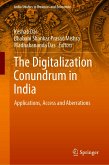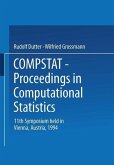Geospatial information science is in the process of evolving and being systematized, with the technical and usage aspects of the real world stimulating each other. This book systematizes the technical aspects of positioning; of geography, which manages and represents what is measured in units of earth coordinates; and of data science, which aims to efficiently express and process geographic information, all by introducing contemporary examples that are systematized with regard to their use in our living spaces. Examples of geospatial information used in almost all aspects of our lives, including urban areas, transportation, disaster prevention, health and medical care, agriculture, forestry and fisheries, culture, ecology, and topography, are presented, along with examples of their use in each area. One of the major features of this book is that it describes the use of data from earthquake disasters that is unique to Japan, as well as the use of open data and personal data in Japan, which is a trend that is gaining attention in many countries.
In this way the book systematically describes events and circumstances in living spaces that are revealed by the expression and analysis of geospatial data, with case studies and discusses their use in the IoT era.
Dieser Download kann aus rechtlichen Gründen nur mit Rechnungsadresse in A, B, BG, CY, CZ, D, DK, EW, E, FIN, F, GR, HR, H, IRL, I, LT, L, LR, M, NL, PL, P, R, S, SLO, SK ausgeliefert werden.









